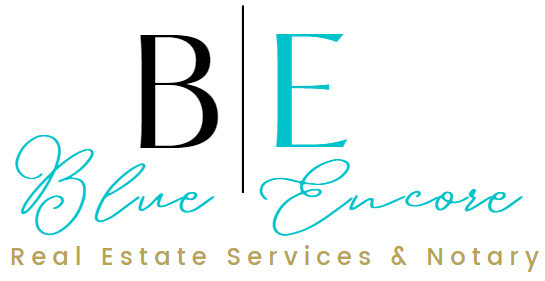After ditching home-buying business, Zillow Group partners with rival Opendoor

Zillow Group still wants to help people quickly sell their home.
The Seattle real estate giant announced a partnership with Opendoor that allows homesellers on Zillow’s platform to request an instant cash offer from Opendoor, one of the leading “iBuyer” companies that aim to make real estate transactions more seamless.
Zillow last year decided to shut down its own iBuyer business, Zillow Offers, marking a surprising end to an ambitious home-flipping bet that resulted in a $405 million write-down and a 25% workforce reduction. Zillow was unable to accurately forecast the price of homes and said the business ultimately required too much capital.
Now, Zillow users will still be able to get an instant cash offer for their home, but the transaction is facilitated by Opendoor. Zillow will get a referral fee when a customer sells to Opendoor.
Zillow CEO Rich Barton said the deal expands the company’s addressable market, allowing it to create a suite of seller services.
“This isn’t just a lead-gen distribution deal,” Barton said on a call with analysts Thursday. “This is going to be a deep integration.”
Barton said Zillow will take advantage of the investment it made developing Zillow Offers. More from Barton on the call:
“We invested quite a bit of time and treasure and IQ figuring out how to integrate the cash offer into our home details page and our user flow, to attract sellers to interact with us. All of those learnings can be brought to bear on this partnership. It’s interesting because it involves deep integration of the Opendoor offering into our set of services. That gives us the opportunity to quarterback the process and introduce our customers who request an Opendoor cash offer to Premier Agents, mortgages, Zillow closing services, and a myriad of other things that we have our hands on.”
Homesellers will be able to compare the cash offer from Opendoor to a traditional open-market sale that can be facilitated by a real estate agent from Zillow’s Premier Agent program.
Customers “can evaluate their selling options and easily package it with other Zillow services to buy and finance their next home,” Zillow Chief Operating Officer Jeremy Wacksman said in a statement.
Opendoor reached a $62 million settlement this week with the FTC, which said the company used misleading marketing practices and deceived customers “into thinking that they could make more money selling their home to Opendoor than on the open market using the traditional sales process.”

Zillow says the partnership with Opendoor builds on its strategy to offer a “housing super app,” described by executives earlier this year as a digital experience that “connects all the fragmented pieces of the moving process and brings them together on one transaction.”
“Building out a suite of complementary seller offerings over time opens up meaningful opportunities for us across agent transactions and adjacent services like mortgage and title & escrow,” Barton wrote in a shareholders letter Thursday, which you can read below. “When it’s fully rolled out, this will create another way for Zillow to serve potential sellers across more than 50 U.S. markets, while growing our business in the capital-light manner we described when we exited iBuying.”
Founded in 2014, Opendoor went public in 2020 and reported revenue of $8 billion in 2021, up from $2.6 billion the year prior. It was one of the first to use the iBuyer model, which gives homesellers the certainty and immediacy of an all-cash offer in exchange for paying a fee. Redfin and Offerpad also have their own iBuyer businesses.
In addition to fees, which are similar to real estate commissions, Opendoor also makes money on the difference between what it buys and sells a home for. It also offers ancillary services including home repairs and mortgage. The company acquired Seattle startup Pro.com last year. Its market capitalization is just below $3 billion, down from around $8 billion last year.
“For parents looking to upsize, a young professional moving for a new job, and millions of others who regularly use Zillow to explore their home selling options, we will provide them with the ability to move with a tap of a button,” Opendoor President Andrew Low Ah Kee said in a statement.
Zillow shares were down more than 10% Thursday after announcing its second quarter earnings report. Zillow’s stock is down nearly 40% this year. Its market capitalization is more than $9 billion.
BY TAYLOR SOPER on
https://www.geekwire.com/2022/after-ditching-home-buying-business-zillow-group-partners-with-rival-opendoor/








